Description
Phenylbutazone: A Look at its Uses, Risks, and Regulation
Phenylbutazone, often referred to as “bute,” is a non-steroidal anti-inflammatory drug (NSAID) that has been widely used in veterinary medicine, particularly for horses, for decades. While effective in managing pain and inflammation, its use is accompanied by significant risks and strict regulations, making it a complex and often controversial medication.
What is Phenylbutazone and How Does it Work?
Phenylbutazone belongs to the pyrazolone class of NSAIDs. It works by inhibiting the production of prostaglandins, chemicals in the body that contribute to pain, inflammation, and fever. By suppressing prostaglandin synthesis, phenylbutazone effectively reduces these symptoms, providing relief from conditions such as:
- Musculoskeletal pain: Arthritis, laminitis, soft tissue injuries
- Inflammation: Post-surgical inflammation, inflammation associated with infections
- Fever: In some cases, phenylbutazone can be used to reduce fever.
Common Uses in Veterinary Medicine, Especially in Horses
In horses, phenylbutazone is a staple medication for managing pain associated with various conditions. Its affordability and effectiveness have made it a popular choice for:
- Lameness: Phenylbutazone can help alleviate pain and inflammation in horses suffering from lameness due to arthritis, navicular disease, or other foot problems.
- Colic: While not a primary treatment for colic, it can provide pain relief while the underlying cause is addressed.
- Soft tissue injuries: Sprains, strains, and tendinitis can benefit from the anti-inflammatory properties of phenylbutazone.
- Post-operative pain: It can be used to manage pain and inflammation after surgical procedures.
Risks and Side Effects
Despite its benefits, phenylbutazone carries a significant risk of adverse effects, particularly with long-term or high-dose use. These risks include:
- Gastrointestinal Ulceration: Phenylbutazone can damage the protective lining of the stomach and intestines, leading to ulcers, bleeding, and even perforation. This is a major concern, especially in horses.
- Kidney Damage: Prolonged use can impair kidney function, potentially leading to kidney failure.
- Bone Marrow Suppression: In rare cases, phenylbutazone can suppress bone marrow function, leading to a decrease in blood cell production.
- Colitis (Inflammation of the Colon): This can manifest as diarrhea, weight loss, and general malaise.
- Injection Site Reactions: Intravenous administration can cause thrombophlebitis (inflammation of the veins).
- Human Health Risks: Phenylbutazone is banned for use in food-producing animals in many countries due to concerns about its potential to cause aplastic anemia and other blood disorders in humans who consume the meat. Even low levels of residue are considered a health hazard.
Regulation and Withdrawal Times
Due to its potential risks, the use of phenylbutazone is strictly regulated. Key aspects of this regulation include:
- Veterinary Prescription Only: Phenylbutazone should only be administered under the guidance of a licensed veterinarian.
- Food-Producing Animals: As mentioned above, its use is generally prohibited in food-producing animals like cattle, pigs, and poultry.
- Withdrawal Times: For horses intended for human consumption (where permitted), strict withdrawal times must be observed before slaughter to ensure that no residue remains in the meat. These withdrawal times can vary depending on the country and formulation of the drug.
- Drug Testing in Competitive Events: Phenylbutazone is a prohibited substance in many equestrian competitions. Accurate records of administration and adherence to withdrawal times are crucial to avoid disqualification.
Alternatives to Phenylbutazone
Due to the risks associated with phenylbutazone, veterinarians often consider alternative pain management strategies, especially for long-term use. These alternatives may include:
- Other NSAIDs: Other NSAIDs specifically formulated for use in horses, such as firocoxib (Equioxx) and meloxicam, may offer a safer alternative in some cases.
- Corticosteroids: While also carrying potential side effects, corticosteroids can be effective for managing inflammation in certain situations.
- Joint Injections: Hyaluronic acid and PSGAGs can be injected directly into joints to provide lubrication and reduce inflammation.
- Regenerative Medicine: Therapies like platelet-rich plasma (PRP) and stem cell therapy are gaining popularity for treating musculoskeletal injuries.
- Acupuncture and Chiropractic: These alternative therapies may provide pain relief for some horses.
- Weight Management and Exercise: Maintaining a healthy weight and providing appropriate exercise can help manage pain associated with arthritis.
Conclusion
Phenylbutazone remains a commonly used and potentially effective medication for managing pain and inflammation in horses. However, its use comes with significant risks and requires careful consideration. Veterinarians should carefully weigh the benefits and risks before prescribing phenylbutazone, and owners should be fully informed about the potential side effects and regulations. Choosing the right pain management strategy often involves a multifaceted approach, incorporating alternative therapies and lifestyle modifications alongside medication, to ensure the best possible outcome for the animal. Finally, adherence to withdrawal times and regulations is paramount to protect human health and maintain the integrity of equestrian sports.

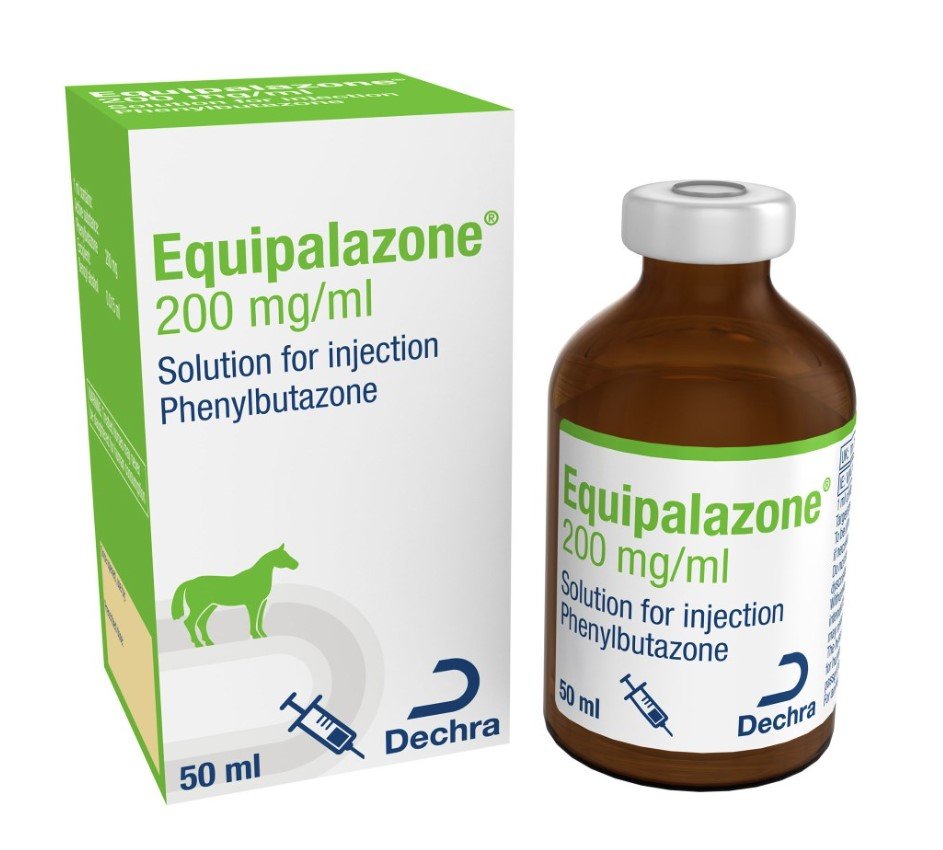
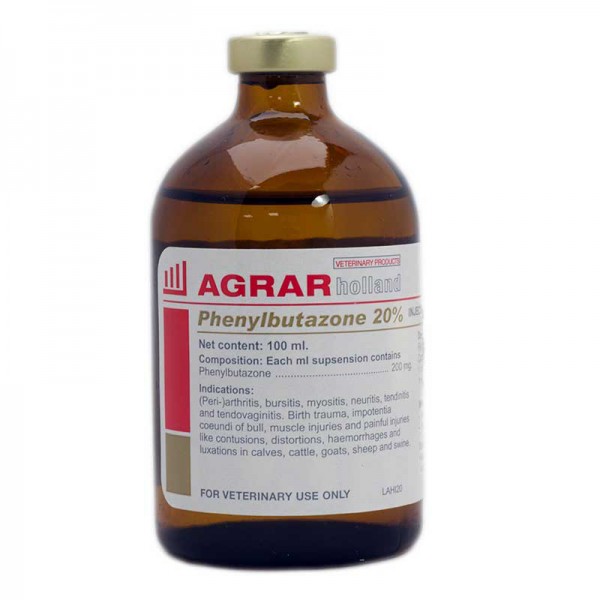

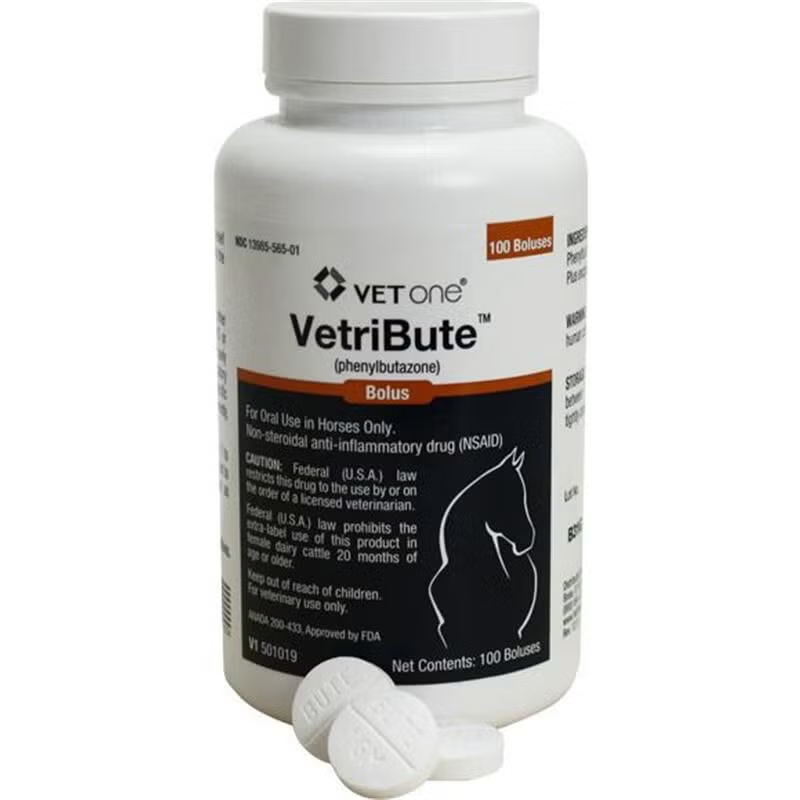



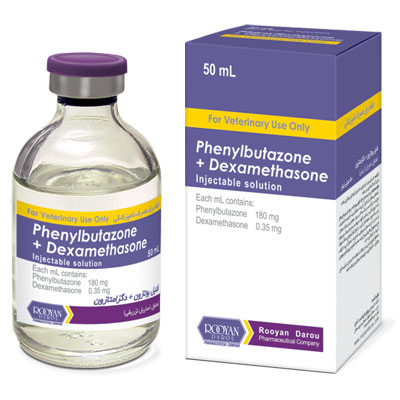

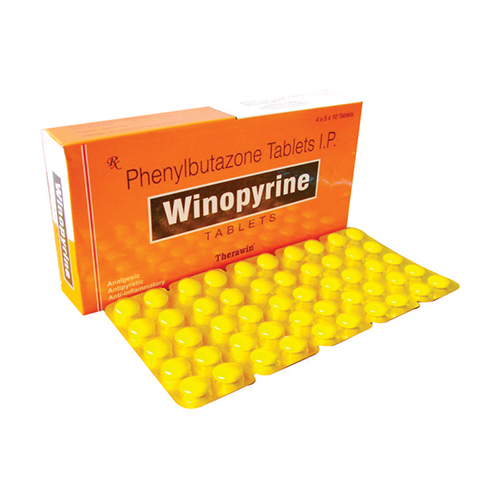
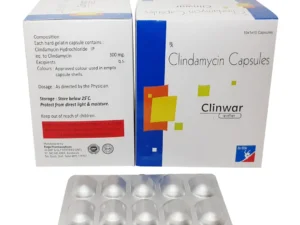

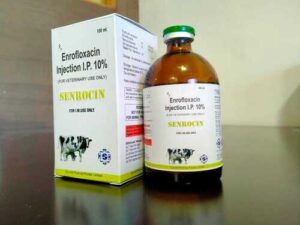
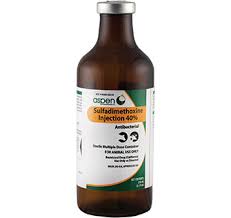
Reviews
There are no reviews yet.